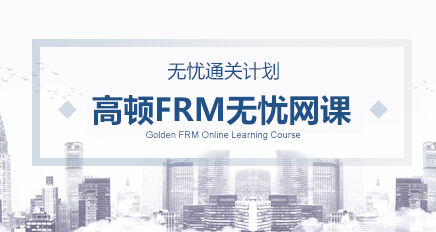E2模拟题参考答案(二)
Question Four
Conflict between the objectives of different stakeholder groups of an organisation is likely to arise because the parties will have different interests and priorities. For instance, shareholders will normally be looking for growth, the maximisation of profits and shareholder wealth, on the other hand employees maybe want better pay and working conditions. It should be noted that stakeholders could hold multiple roles.
There are a number of different techniques that an organisation could use to handle the competing objectives between the different stakeholder groups when developing and implementing strategy:
The organisation could use prioritisation whereby management would specify that any strategy must satisfy one or more objectives before they are prepared to consider it.
A development of this would be through weighting and scoring. This would involve the organisation establishing a hierarchy of objectives and each objective would be weighted according to its relative importance to each stakeholder group. Each strategic option would then be scored against how well it satisfies a particular objective, with the highest overall ranking accepted.
Another technique for managing competing objectives is referred to as sequential attention. This would involve the organisation giving each stakeholder group’s interest consideration over a period of time. Each stakeholder group takes it in turn to realise its objectives. For example, staff may get a high pay rise in one year, whilst in the following year, the focus will be on paying high dividends to shareholders.
The technique of satisficing would involve the organisation negotiating with each of its stakeholder groups so that each stakeholder group gets something of what it wants from the strategy. In other words the strategy selected is the one that keeps all, or at least the most powerful stakeholders happy.
Side payments could be used to manage conflicting stakeholder objectives. This is where the organisation would consider making compensation payments to keep stakeholders content and to try and make up for not addressing a particular stakeholder group’s objectives.
The approach of exercising power as a technique to manage competing stakeholder objectives would involve an organisation forcing through its preferred option (or where powerful people force through their preferred option). This method would usually be used as a last resort since it creates winners and losers. It may be successful in the short term but does not address the long term needs of different stakeholder groups and could lead to further conflict .
Another technique that could be used to resolve conflict is through the creation of wider balanced scorecard performance measures and the strategy would need to meet all aspects of the scorecard.
Question Five
Deciding which activities to undertake in-house and which to outsource to a third party is always a difficult decision for a business but is especially so in the case of a company like A2G Advertising Agency which has a history of doing almost everything itself. In view of the nature of its business, if outsourcing doesn't work out for the agency it would be difficult to reverse back to the current business model.
Transaction Cost Theory (TCT) would provide A2G Advertising Agency with an understanding of the factors involved in making the decision, by comparing the hierarchy costs associated with the ownership of assets, such as the design studio, TV studio - and specialist staff, such as graphic designers, experts in computer graphics, TV production facilities - with the market costs if bought in from firms outside.
Fundamental to the theory is how an organisation can best achieve economic efficiency, for instance whether or not activities of A2G Advertising Agency could be performed at a lower cost by external providers. From a theoretical perspective, TCT suggests that while asset specificity may drive vertical integration, outsourcing activities that are not viewed as core should be considered by an organisation. For A2G Advertising Agency, there is the question of whether the aspects of the agency that are being considered for outsourcing are core.

















